Home>Technology>Smart Home Devices>How To Hack Wi-Fi Router
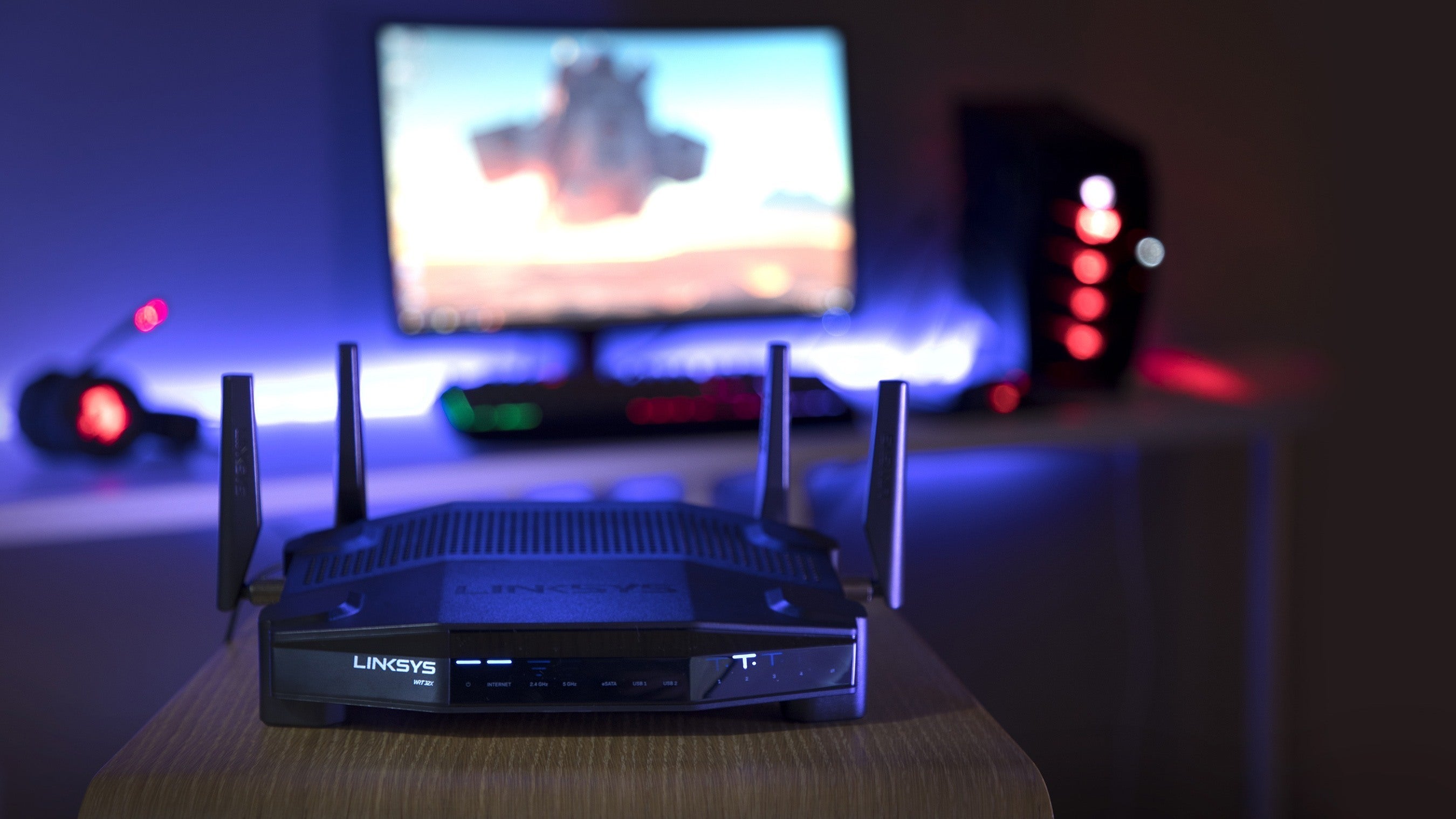

Smart Home Devices
How To Hack Wi-Fi Router
Modified: January 4, 2024
Learn how to secure your smart home devices with our step-by-step guide on hacking Wi-Fi routers. Protect your network and privacy today!
(Many of the links in this article redirect to a specific reviewed product. Your purchase of these products through affiliate links helps to generate commission for Storables.com, at no extra cost. Learn more)
Introduction
Understanding the Fascination with Wi-Fi Router Hacking
Wi-Fi routers have become an indispensable part of our daily lives, enabling us to connect to the internet and access a vast array of digital resources. However, the security of these devices is often a topic of concern. While the majority of users rely on Wi-Fi routers to provide a secure and reliable internet connection, there are individuals with the knowledge and skills to exploit vulnerabilities within these devices. This article aims to shed light on the world of Wi-Fi router hacking, providing insights into the underlying security mechanisms, common vulnerabilities, and measures to safeguard against potential breaches.
The allure of Wi-Fi router hacking lies in the intrigue of unraveling the intricate layers of digital security. For some, it represents a technical challenge, a test of their prowess in navigating through complex networks and deciphering encryption protocols. Others may view it as a means of gaining unauthorized access to networks, driven by motives that range from benign curiosity to malicious intent. Regardless of the underlying motivations, the realm of Wi-Fi router hacking is a subject of fascination and scrutiny in the realm of cybersecurity.
As we delve into the nuances of Wi-Fi router security, it's crucial to emphasize that the information presented is intended for educational purposes only. Understanding the methods employed by potential attackers is essential for fortifying our defenses and safeguarding our digital infrastructure. By gaining insights into the vulnerabilities and exploits associated with Wi-Fi routers, we can take proactive measures to bolster our network security and protect against unauthorized access.
In the subsequent sections, we will explore the intricacies of Wi-Fi router security, shedding light on common vulnerabilities and providing guidance on fortifying these devices against potential breaches. By gaining a deeper understanding of Wi-Fi router security and the methods used to exploit it, we can empower ourselves to navigate the digital landscape with confidence and resilience. Let's embark on this journey of discovery, unraveling the complexities of Wi-Fi router security and equipping ourselves with the knowledge to safeguard our digital domains.
Understanding Wi-Fi Security
Key Takeaways:
- Wi-Fi router hacking is a serious concern due to common vulnerabilities like outdated firmware, weak encryption, and default credentials. Regular updates, strong passwords, and robust encryption can protect against potential breaches.
- Ethical exploration of Wi-Fi router security involves steps like network enumeration, vulnerability assessment, and documentation. It’s crucial to conduct hacking within legal and ethical boundaries, with explicit authorization.
Navigating the Layers of Wi-Fi Router Security
Wi-Fi security encompasses a multifaceted framework designed to protect wireless networks from unauthorized access and data breaches. At the core of this security paradigm is the encryption of data transmitted between devices and the Wi-Fi router, safeguarding sensitive information from interception by unauthorized entities. Understanding the key components of Wi-Fi security is essential for fortifying our networks and mitigating potential vulnerabilities.
One of the fundamental elements of Wi-Fi security is the encryption protocol utilized to secure data transmissions. The most prevalent encryption standards include WEP (Wired Equivalent Privacy), WPA (Wi-Fi Protected Access), and the more advanced WPA2 and WPA3 protocols. These encryption methods employ cryptographic algorithms to encode data, rendering it indecipherable to unauthorized parties attempting to intercept wireless transmissions.
Furthermore, Wi-Fi security encompasses the implementation of authentication mechanisms to validate the identity of devices seeking to connect to the network. This often involves the use of pre-shared keys (PSKs) or more robust authentication protocols, such as EAP (Extensible Authentication Protocol), to verify the legitimacy of devices attempting to access the Wi-Fi network. By enforcing stringent authentication measures, Wi-Fi routers can thwart unauthorized attempts to breach the network perimeter.
Another crucial aspect of Wi-Fi security is the concept of network segmentation, which involves partitioning the wireless network into distinct subnetworks to restrict unauthorized access and contain potential security breaches. This practice, often achieved through the implementation of virtual LANs (VLANs), enhances the overall security posture of the Wi-Fi network by compartmentalizing traffic and isolating potential points of vulnerability.
As we navigate the layers of Wi-Fi router security, it becomes evident that the robustness of these measures plays a pivotal role in safeguarding our digital infrastructure. However, despite the implementation of encryption, authentication, and network segmentation, Wi-Fi routers are not impervious to security vulnerabilities. In the subsequent sections, we will delve into the common vulnerabilities that can compromise the security of Wi-Fi routers, shedding light on the methods employed by potential attackers to exploit these weaknesses.
Common Wi-Fi Router Vulnerabilities
Uncovering the Achilles’ Heel of Wi-Fi Router Security
Despite the robust security measures implemented in Wi-Fi routers, these devices are susceptible to a myriad of vulnerabilities that can be exploited by determined attackers. Understanding these vulnerabilities is paramount for fortifying our networks and preempting potential security breaches. Let’s explore some of the common weaknesses that can compromise the security of Wi-Fi routers.
- Outdated Firmware: The firmware of Wi-Fi routers, akin to the operating system of a computer, requires regular updates to patch security vulnerabilities and enhance performance. Failure to update the firmware exposes the router to known exploits that can be leveraged by attackers to gain unauthorized access.
- Default Credentials: Many users overlook the importance of changing the default administrative credentials of their Wi-Fi routers. Attackers capitalize on this oversight, attempting to gain access to routers using default usernames and passwords, thereby circumventing the security measures put in place by the router manufacturer.
- Weak Encryption Protocols: Employing outdated or weak encryption protocols, such as WEP, exposes Wi-Fi networks to cryptographic attacks that can compromise the confidentiality of transmitted data. It is imperative to utilize robust encryption standards, such as WPA2 or WPA3, to mitigate the risk of unauthorized access.
- Unsecured Configuration Interfaces: Exposing the configuration interfaces of Wi-Fi routers to the public internet or leaving them unprotected with weak credentials can enable attackers to manipulate router settings and infiltrate the network undetected.
- Remote Management Vulnerabilities: Enabling remote management features without implementing adequate security measures can open the door to remote exploitation, allowing attackers to compromise the router’s settings and potentially gain unauthorized access to the network.
These vulnerabilities underscore the critical importance of proactive security measures to safeguard Wi-Fi routers from potential exploitation. By addressing these weaknesses and implementing robust security practices, we can fortify our networks against unauthorized access and data breaches. In the subsequent sections, we will delve into the preparatory steps for Wi-Fi router hacking, shedding light on the essential groundwork required to embark on this educational journey.
Preparing for Wi-Fi Router Hacking
Always change the default username and password of your Wi-Fi router to a strong, unique combination. This will make it harder for hackers to gain access to your network.
Laying the Groundwork for Ethical Exploration
Before delving into the realm of Wi-Fi router hacking, it is imperative to emphasize the ethical considerations and legal implications associated with this endeavor. The pursuit of knowledge should be guided by a commitment to ethical conduct and a respect for the boundaries of lawful exploration. With this foundational principle in mind, let’s embark on the preparatory steps for understanding the intricacies of Wi-Fi router security and potential vulnerabilities.
First and foremost, it is essential to acquire a comprehensive understanding of the underlying technologies and protocols that govern the operation of Wi-Fi routers. This includes familiarizing oneself with the principles of wireless communication, encryption standards, and network configurations. By gaining insights into the technical intricacies of Wi-Fi routers, individuals can develop a nuanced understanding of the security mechanisms and potential vulnerabilities inherent in these devices.
Furthermore, aspiring ethical hackers should cultivate proficiency in networking fundamentals, including TCP/IP protocols, subnetting, and network topologies. A solid grasp of these concepts is indispensable for navigating the complexities of Wi-Fi router security and comprehending the nuances of network exploitation. Additionally, familiarity with tools and techniques used in ethical hacking, such as packet sniffers, network scanners, and vulnerability assessment tools, is crucial for conducting responsible and informed explorations.
It is paramount to highlight the importance of obtaining explicit authorization before attempting to assess the security of any Wi-Fi network or router. Ethical hacking should always be conducted within the bounds of legal and ethical frameworks, with the requisite permissions obtained from the network owner or administrator. Engaging in unauthorized hacking activities constitutes a violation of ethical standards and legal statutes, potentially leading to severe repercussions.
Moreover, individuals venturing into the realm of Wi-Fi router security should approach their explorations with a mindset focused on knowledge acquisition and the enhancement of cybersecurity awareness. By adopting a responsible and ethical approach, enthusiasts can contribute to the collective effort of fortifying digital infrastructure and fostering a culture of cybersecurity consciousness.
As we prepare to embark on this educational journey, it is essential to underscore the ethical imperatives and legal considerations that underpin the pursuit of knowledge in the realm of Wi-Fi router security. With a steadfast commitment to ethical conduct and responsible exploration, let’s delve into the essential steps for gaining insights into the intricacies of Wi-Fi router hacking.
Steps to Hack a Wi-Fi Router
Exploring the Intricacies of Wi-Fi Router Security
Embarking on the exploration of Wi-Fi router security entails a meticulous and responsible approach, guided by ethical considerations and a commitment to knowledge acquisition. It is crucial to emphasize that the following insights are intended for educational purposes, aimed at fostering a deeper understanding of network security and fortifying digital infrastructure against potential vulnerabilities. Let’s delve into the essential steps for gaining insights into the intricacies of Wi-Fi router hacking.
- Network Enumeration: The initial phase of Wi-Fi router hacking involves identifying and enumerating the target network. This entails scanning the wireless environment to discover active Wi-Fi networks, obtain information about their configurations, and assess the potential points of entry for ethical exploration.
- Vulnerability Assessment: Conducting a thorough assessment of the target network involves identifying potential security weaknesses, such as outdated firmware, weak encryption protocols, or unsecured configuration interfaces. This step is crucial for understanding the potential vulnerabilities that may be exploited in a responsible and controlled manner.
- Packet Analysis: Analyzing network traffic and wireless transmissions using tools like packet sniffers enables ethical hackers to gain insights into the data exchanged between devices and the Wi-Fi router. This process facilitates the identification of potential security gaps and aids in understanding the intricacies of wireless communication protocols.
- Exploitation and Mitigation: Ethical hacking endeavors to exploit identified vulnerabilities in a controlled environment, simulating potential attack scenarios to understand the impact of security breaches. This phase is complemented by the formulation of mitigation strategies aimed at fortifying the network against potential exploits and enhancing its overall security posture.
- Documentation and Reporting: Throughout the exploration of Wi-Fi router security, it is imperative to maintain meticulous documentation of the findings and observations. This documentation serves as a foundation for comprehensive reporting, outlining the identified vulnerabilities, the ethical exploration methodology, and recommendations for fortifying the network’s security.
It is essential to underscore that ethical hacking endeavors should be conducted within the bounds of legal and ethical frameworks, with explicit authorization obtained from the network owner or administrator. The pursuit of knowledge in the realm of Wi-Fi router security should be guided by a commitment to responsible exploration and a dedication to enhancing cybersecurity awareness.
By navigating the intricacies of Wi-Fi router security with a meticulous and ethical approach, individuals can contribute to the collective effort of fortifying digital infrastructure and fostering a culture of cybersecurity consciousness. Let’s continue our journey of exploration, guided by a steadfast commitment to ethical conduct and the pursuit of knowledge in the realm of Wi-Fi router security.
Protecting Your Wi-Fi Router from Hacking
Fostering a Resilient Security Posture
As we navigate the complexities of Wi-Fi router security, it is imperative to underscore the proactive measures that individuals and organizations can implement to safeguard their networks from potential hacking attempts. By fortifying the security posture of Wi-Fi routers, we can mitigate vulnerabilities and bolster the resilience of our digital infrastructure. Let’s explore the essential strategies for protecting Wi-Fi routers from potential exploitation.
- Regular Firmware Updates: Ensuring that Wi-Fi routers are equipped with the latest firmware updates is paramount for addressing known security vulnerabilities and enhancing the overall performance of these devices. Regular updates provided by manufacturers often include patches to mitigate potential exploits and fortify the security of the router.
- Strong Authentication Mechanisms: Implementing robust authentication measures, such as complex and unique administrative passwords, significantly fortifies the security of Wi-Fi routers. By eschewing default credentials and utilizing strong authentication protocols, individuals can thwart unauthorized access attempts and safeguard their networks.
- Robust Encryption Standards: Utilizing advanced encryption standards, such as WPA2 or WPA3, ensures the confidentiality and integrity of wireless transmissions, mitigating the risk of unauthorized data interception. Employing strong encryption protocols is essential for fortifying the security of Wi-Fi networks against potential breaches.
- Network Segmentation and Isolation: Implementing network segmentation and isolating critical devices within the network enhances the overall security posture of Wi-Fi routers. By partitioning the network and containing potential security breaches, individuals can mitigate the impact of unauthorized access attempts and data breaches.
- Disable Unnecessary Services: Disabling unnecessary services and features, such as remote management interfaces and UPnP (Universal Plug and Play), reduces the attack surface of Wi-Fi routers. By minimizing potential points of exploitation, individuals can fortify the security of their networks and mitigate the risk of unauthorized access.
By implementing these proactive security measures, individuals and organizations can fortify the resilience of their Wi-Fi routers and mitigate the risk of potential hacking attempts. It is essential to cultivate a culture of cybersecurity consciousness, fostering a proactive approach to network security and fortifying digital infrastructure against evolving threats.
As we navigate the complexities of Wi-Fi router security, it is crucial to underscore the pivotal role of proactive security measures in mitigating potential vulnerabilities and safeguarding our digital domains. By embracing a steadfast commitment to responsible exploration and a dedication to fortifying network security, we can collectively contribute to the cultivation of a resilient and secure digital landscape.
Frequently Asked Questions about How To Hack Wi-Fi Router
Was this page helpful?
At Storables.com, we guarantee accurate and reliable information. Our content, validated by Expert Board Contributors, is crafted following stringent Editorial Policies. We're committed to providing you with well-researched, expert-backed insights for all your informational needs.
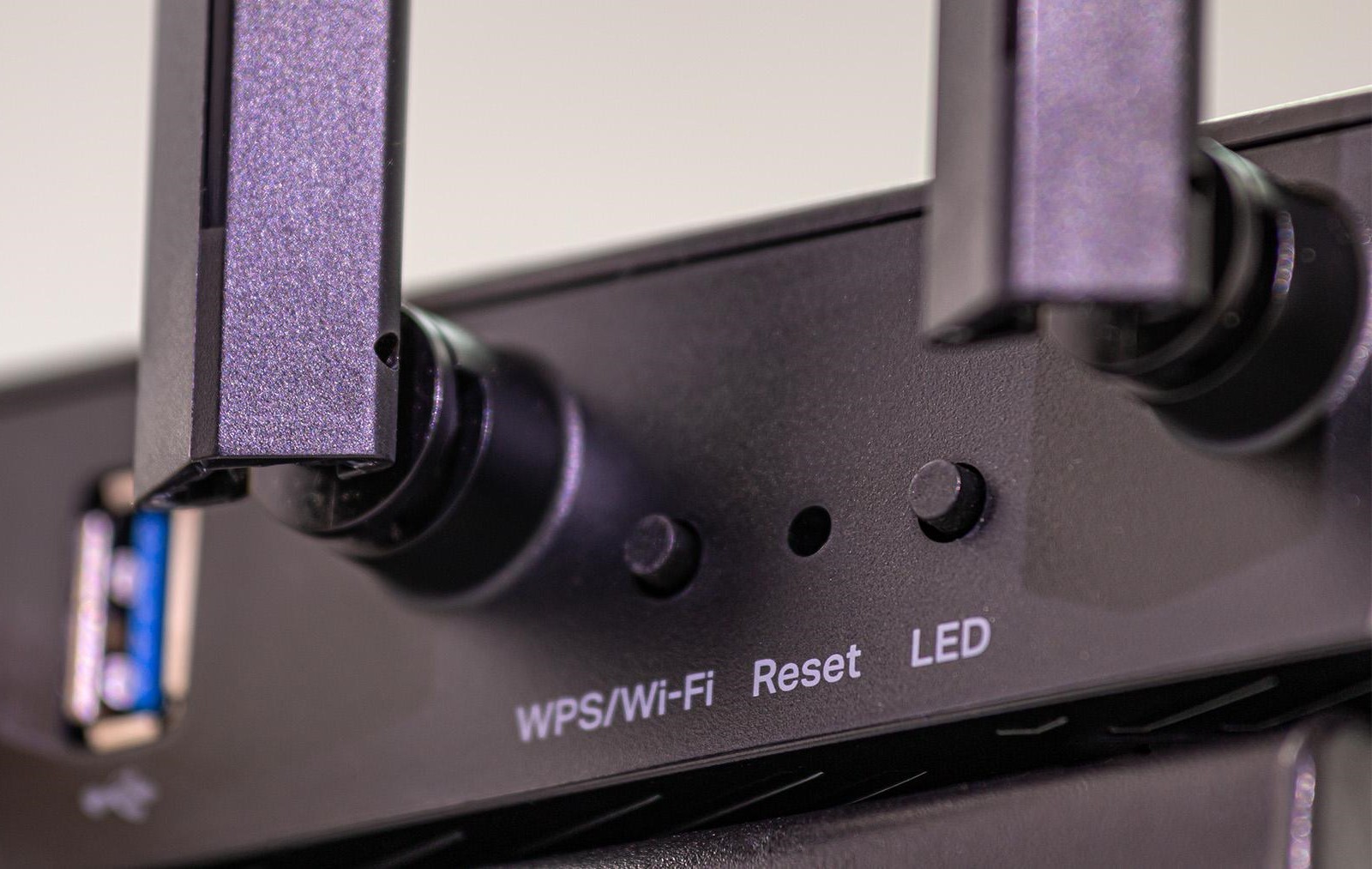
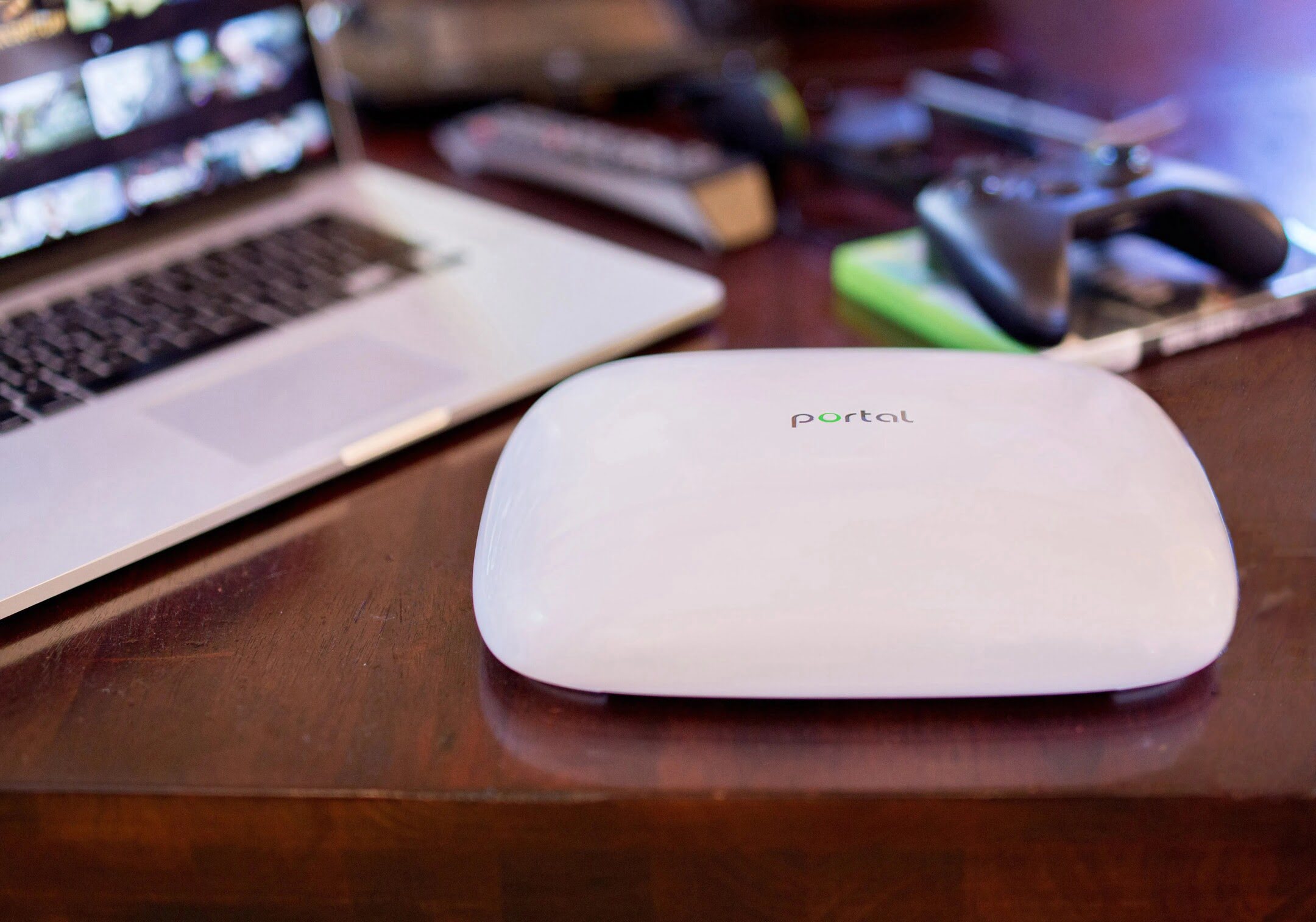

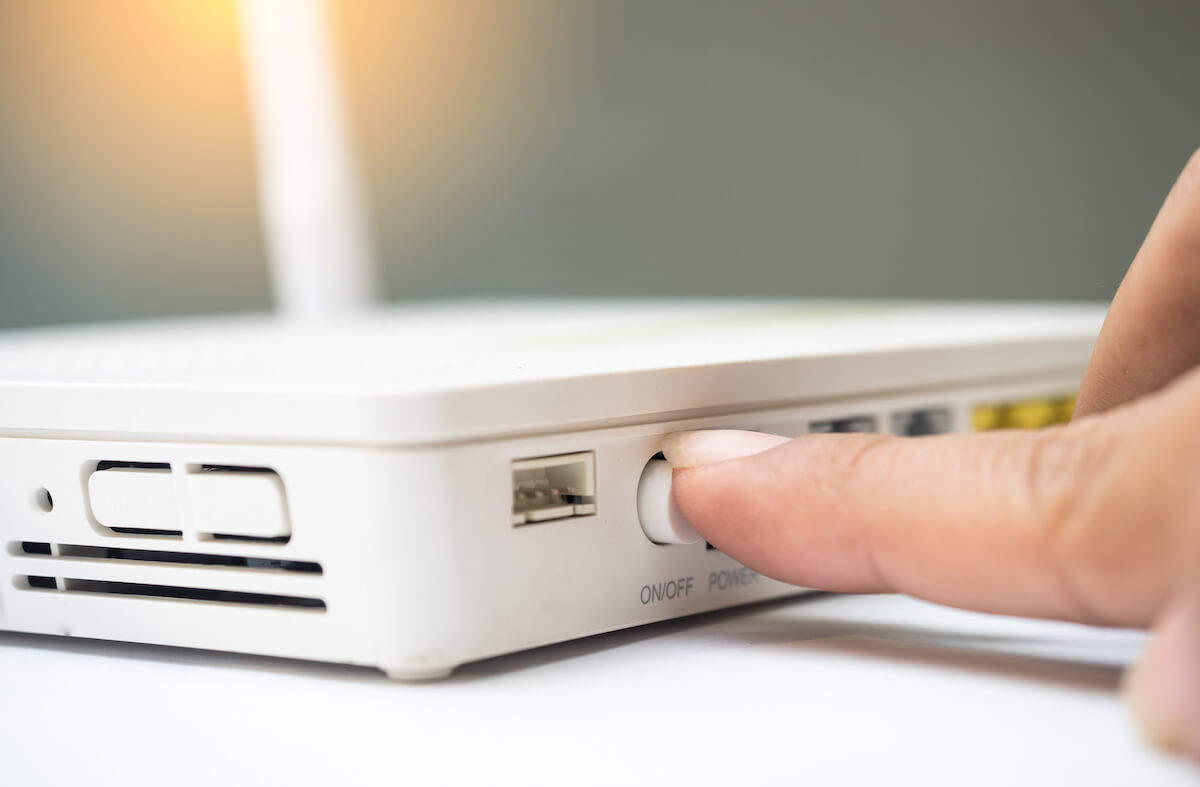
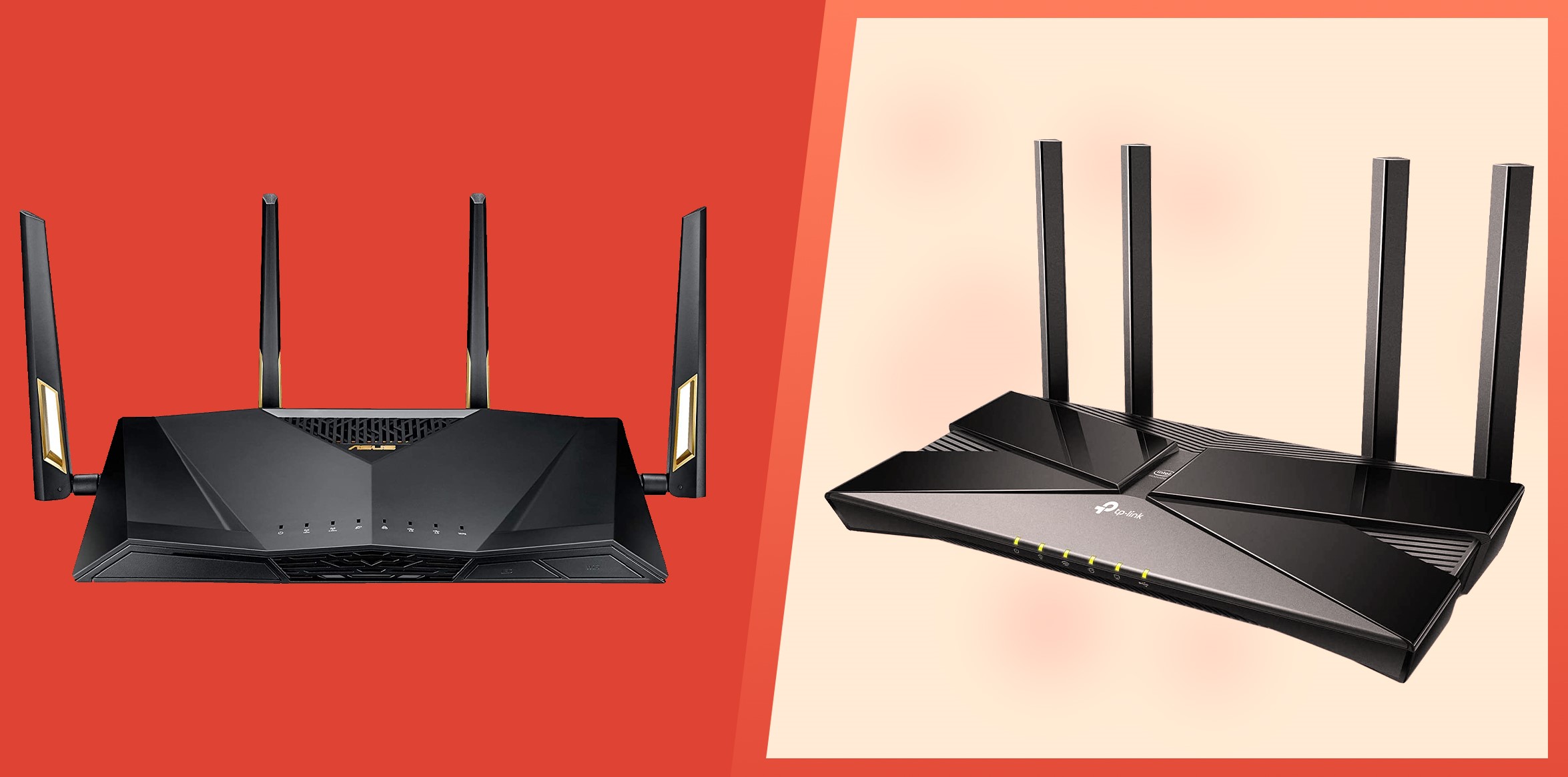
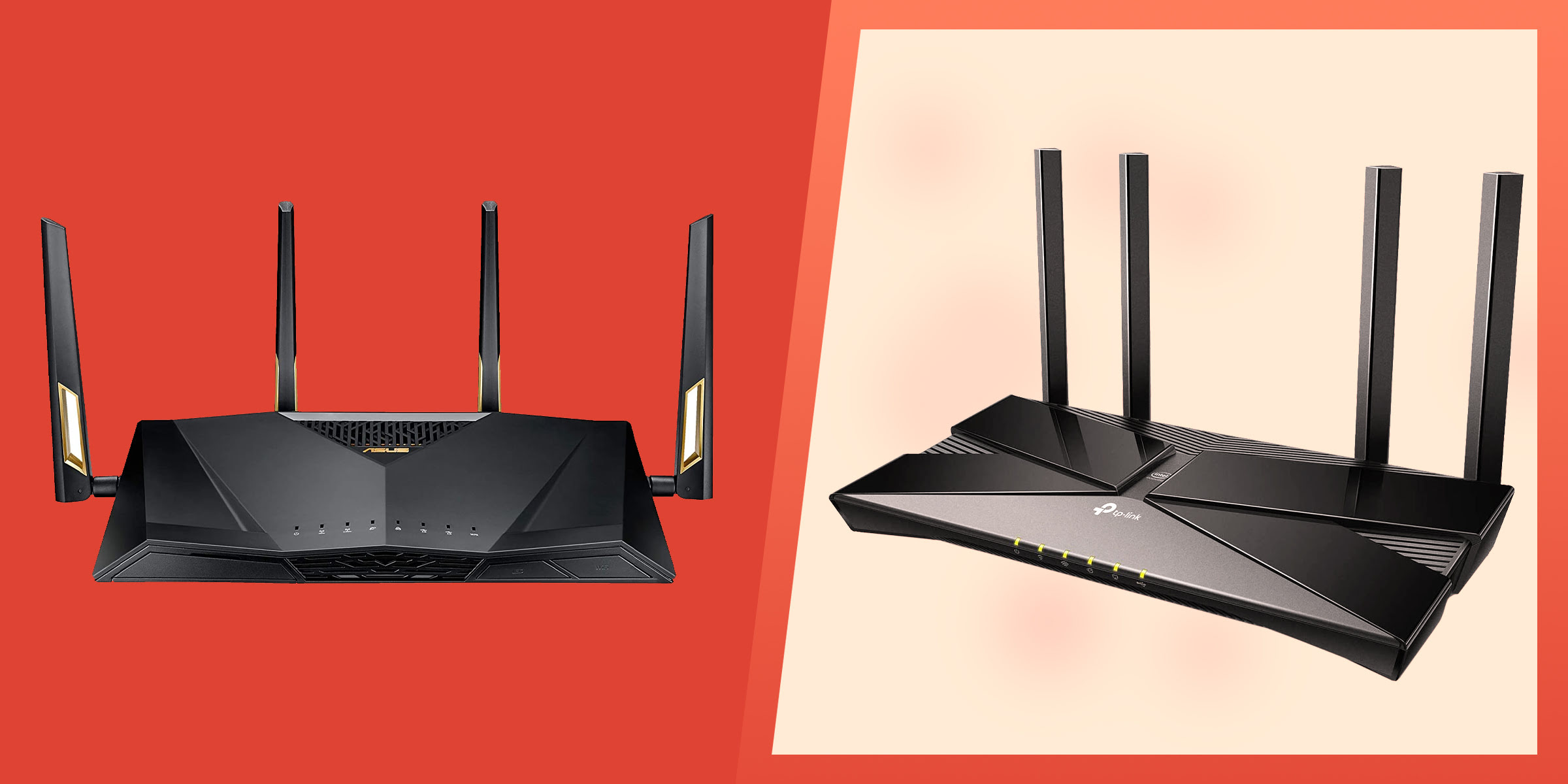
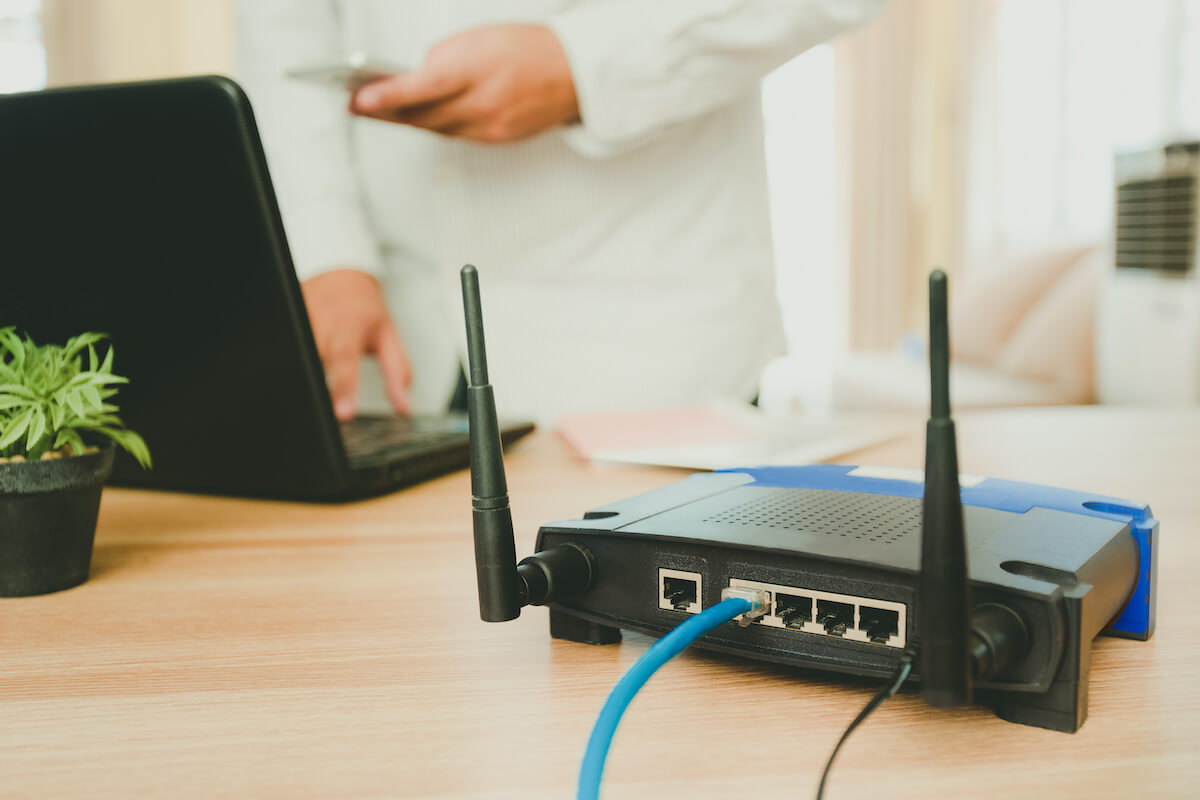
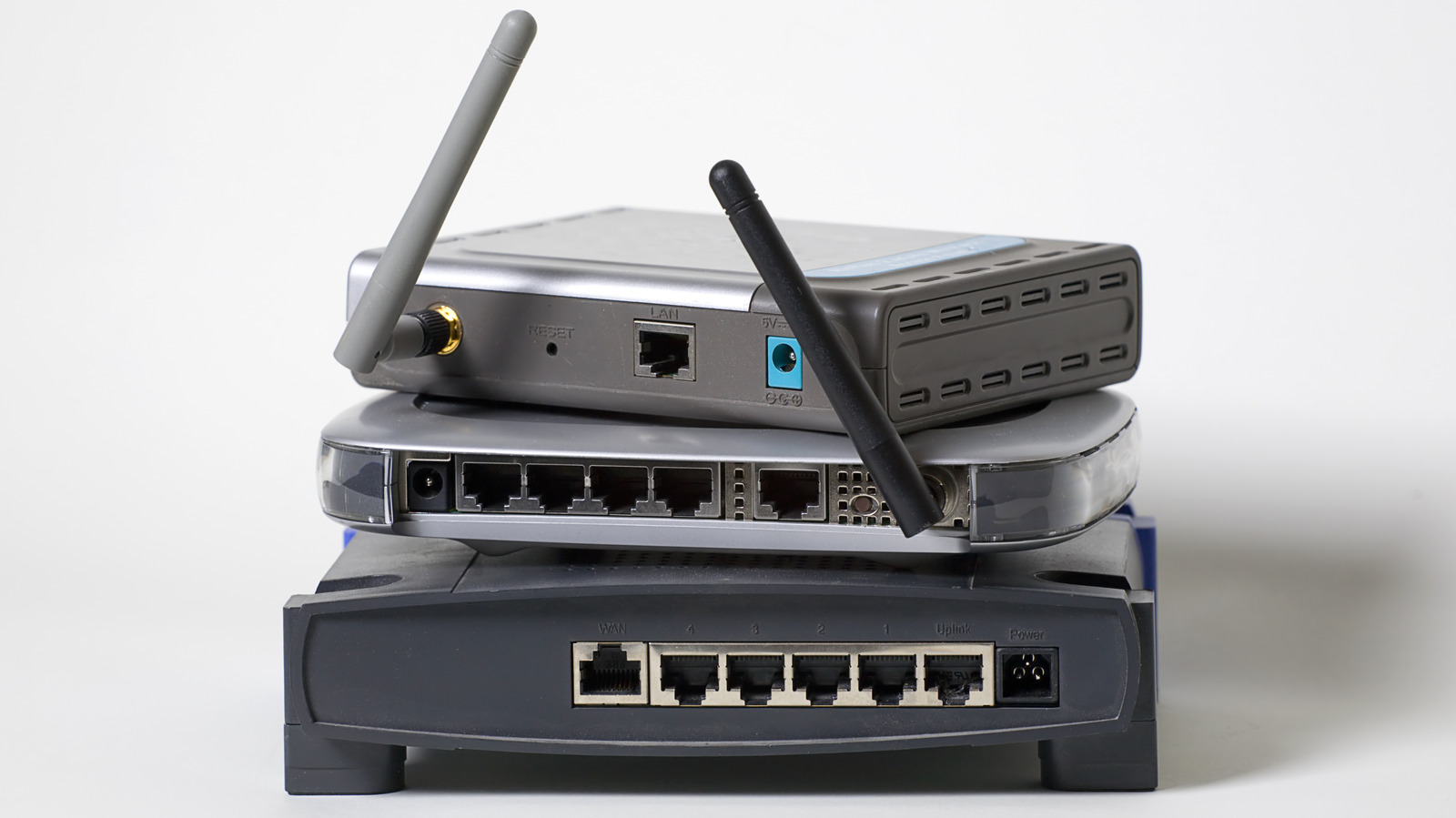

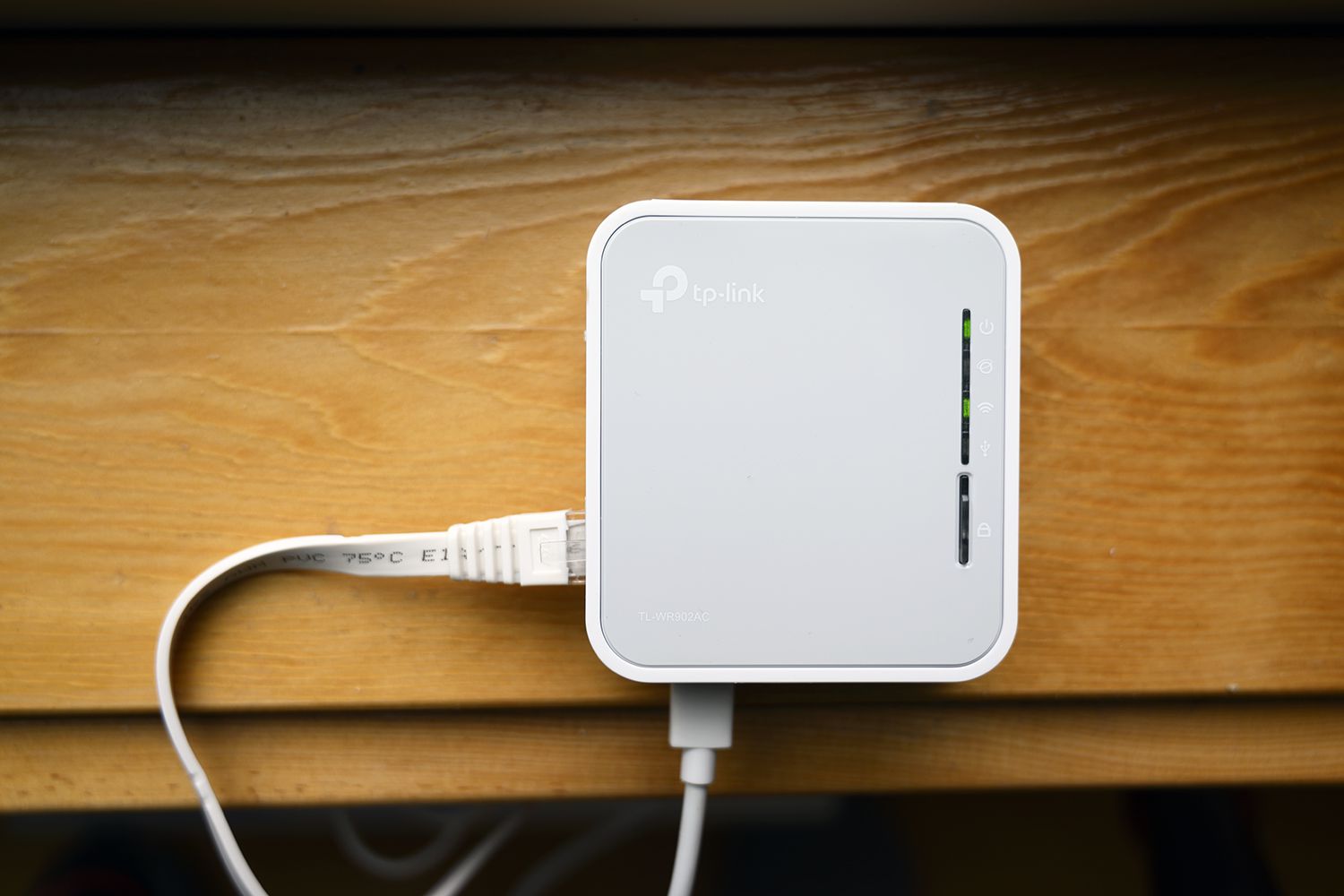
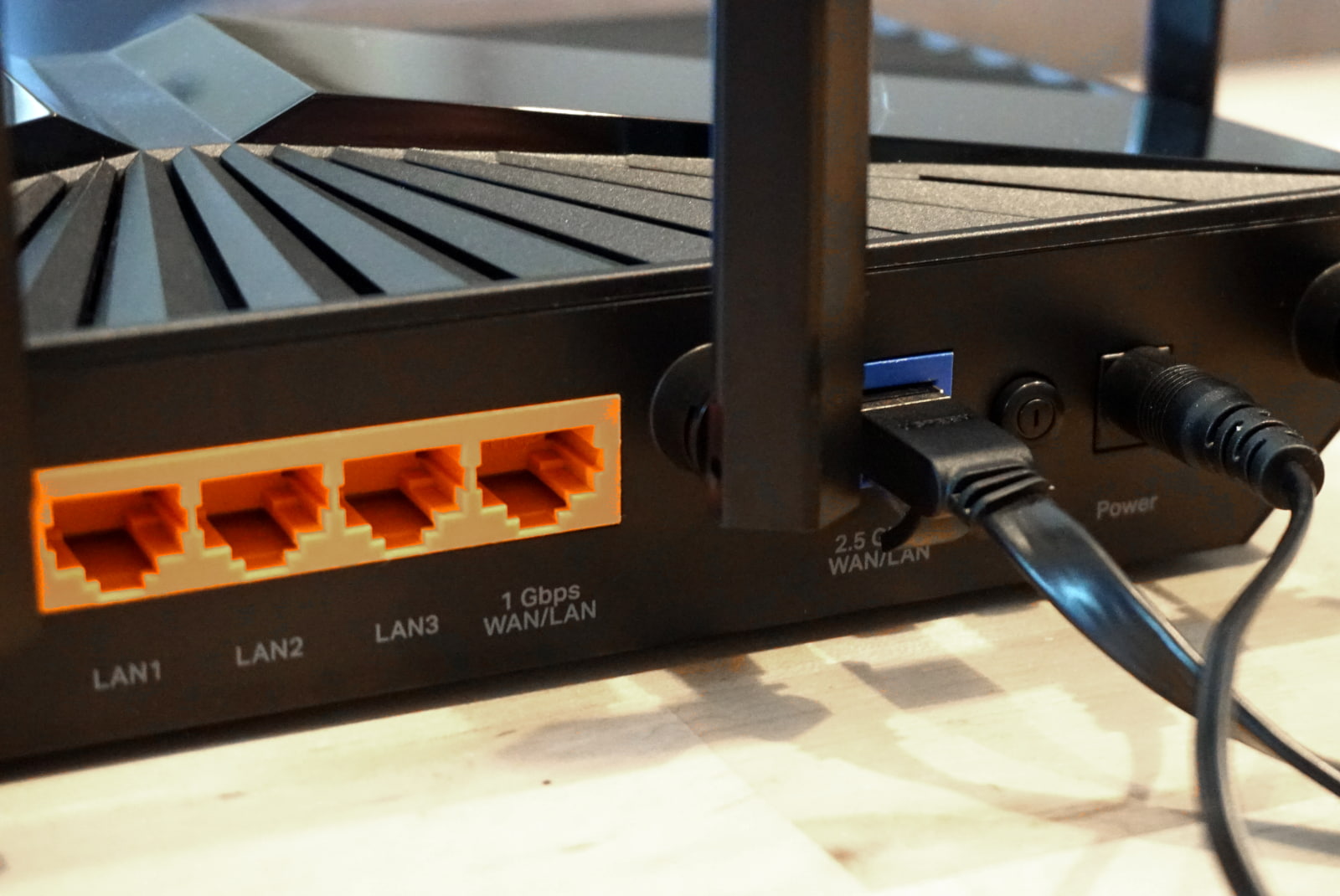
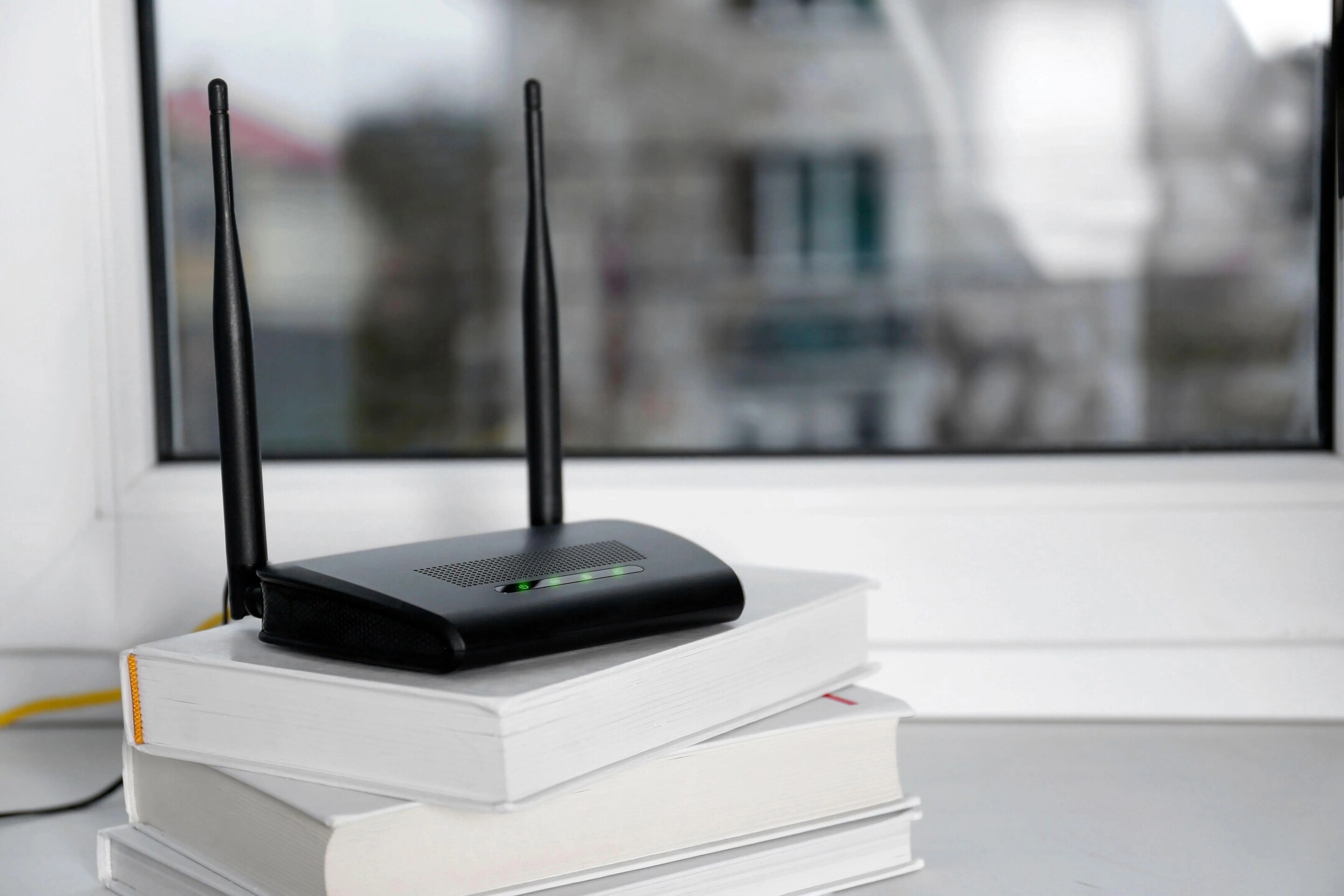

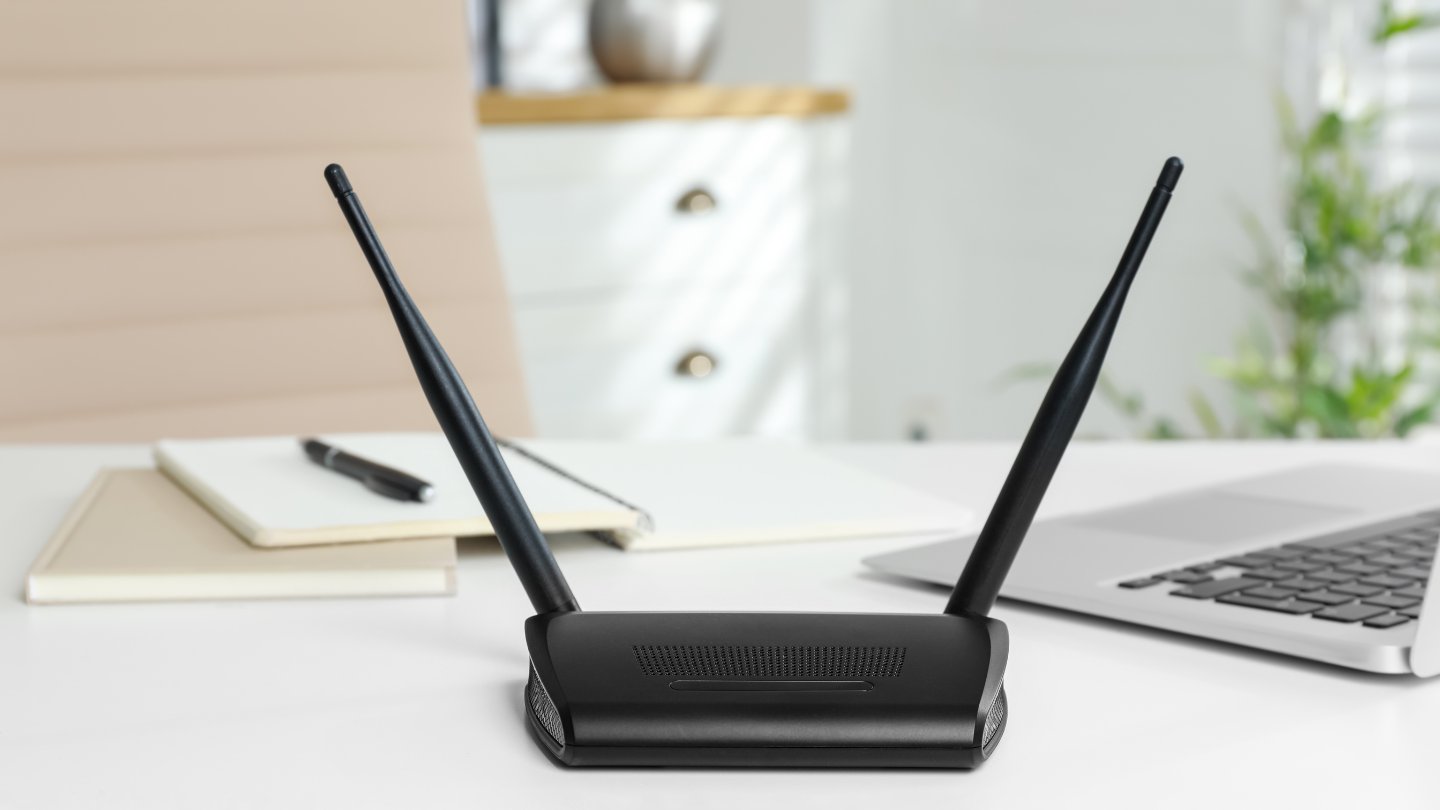

0 thoughts on “How To Hack Wi-Fi Router”